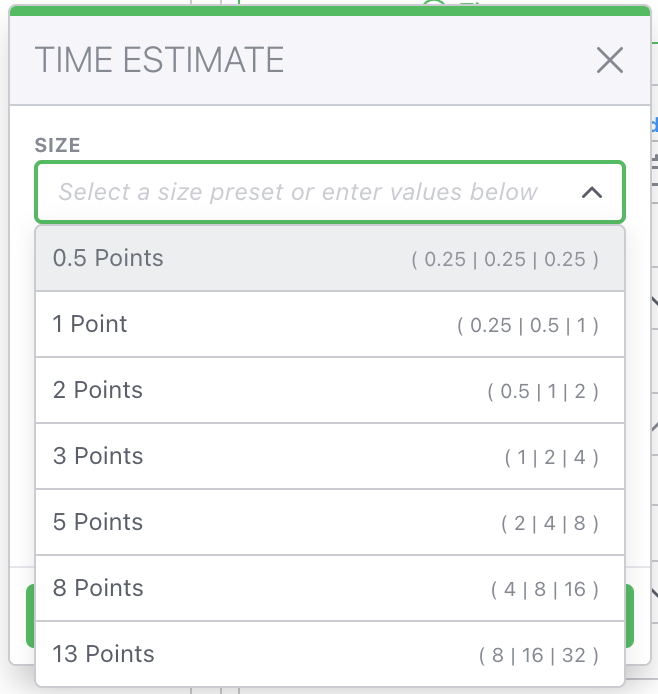Navigating the Choppy Waters of Agile Product Development
Managing agile product development is a lot like navigating choppy waters. It requires flexibility, adaptability, and quick decision-making. Just like a captain guiding a ship, agile teams must be able to adjust course, respond to changing conditions, and work together to reach the final destination.
Agile is designed to be responsive to change and deliver high-quality products that meet the needs of customers and other stakeholders. However, like navigating a turbulent sea, it can be a challenging and complex process that requires a skilled team and a well-defined strategy. Crew members must be aware of external factors, like customer needs and market trends, that can disrupt smooth sailing and be prepared to change course as needed.
In this article, we will explore some of the key challenges that teams may face when navigating the choppy waters of agile product development, and offer some tips for overcoming them.
Challenges of Agile Product Development
Agile can be a powerful tool for product development, but can also be difficult to implement in practice. The process requires a shift in mindset, practices, and communication style. Teams may struggle to establish clear goals and priorities, manage progress and communication, overcome resistance to change, and foster a culture of continuous improvement. Below we have identified these key challenges and offer tips for overcoming them.
Charting a Course
One of the biggest challenges teams encounter when adopting agile is a lack of clear direction or goals.
In traditional, "waterfall" methodologies, a clear plan and set of requirements is established at the beginning of a project and followed closely through to completion. With agile, however, requirements and priorities can change regularly, making it difficult for teams to know what they should be working on at any given time.
To overcome this challenge, it is important to establish clear goals and priorities at the beginning, and then regularly revisit and adjust goals as needed throughout the development process.
Weathering the Storm
Another common challenge teams face when using agile is difficulty in estimating and tracking progress. Agile emphasizes rapid iteration and continuous delivery, which can make it hard to predict when certain features or components will be completed. Without a clear forecast, it can be difficult to communicate progress to stakeholders or to make accurate estimates of when the product will be ready for release.
To reduce uncertainty, teams may find it helpful to break down work into smaller, more manageable work items, build forecasts using PERT three-point estimation, and track progress using metrics such as story points or other units of measure that provide better insight on progress.
Riding the Waves
A third challenge teams may encounter when using agile is resistance to change. Agile can require a significant shift in mindset and practices for team members who are used to traditional methodologies. To overcome this resistance, leaders must clearly and regularly demonstrate the benefits of agile through the development lifecycle.
Design thinking is an approach commonly used in conjunction with agile to bring awareness to its benefits. Design thinking reduces pushback by fostering a culture of empathy, collaboration, and problem solving.
Design thinking and agile development complement each other by encouraging users and customers to work together through rapid iteration and experimentation. Close collaboration builds empathy and connection while helping teams create solutions to real customer problems. By being involved in the problem-solving process, users get to provide teams with quick feedback while teams get to see how their work impacts users.
Design thinking combined with agile processes builds greater buy-in and purpose among agile teams, ultimately reducing resistance to change.
Navigating Uncharted Waters
Lastly, one of the major challenges of agile is communication. Agile teams are cross-functional and include developers, designers, product managers, and other stakeholders. Keeping team members on the same page and ensuring everyone is aligned with the project’s goals and priorities requires leaders to be intentional about creating time and space for alignment and communication.
To increase communication and alignment, agile teams need a framework for systematically capturing and communicating goals, strategies, and outcomes at every stage of the product life cycle. This includes establishing a regular cadence for daily stand-ups and sprint retrospectives where teams can use the dedicated time to share updates and provide feedback.
Master of the Sea
Navigating the choppy waters of agile product development is a challenge. But with a clear direction, effective tracking, good communication and willingness to adapt, teams can successfully implement an agile methodology and deliver high-quality products to users. It is an iterative process and needs continuous improvement, but with time your teams will learn to balance and tackle these challenges.
DevStride can help
If you need access to better tools that can help you deliver exceptional products, then schedule an introductory call with us today.
A refreshingly easy-to-use tool, DevStride provides the robustness and insight team members, product leaders, and stakeholders need.
Our integrated work management platform provides teams with great visibility and alignment. Understand the true state of the work, even as priorities shift.
DevStride is equipped with a range of features and tools that can help you navigate and manage your product delivery, including:
Strategic project and portfolio alignment and planning
Scheduling, task, and milestone tracking
Communication and collaboration, including unified workspaces, AI capabilities, and notifications
Custom automated workflows
Agile framework capabilities, supporting both Scrum and Kanban
Sizing and estimation including story points, PERT, and WIP limiters
Instant filtering of project and portfolio data across the entire organization
Rich analytics for key insights, including real-time burn up, burn down, throughput, and progress reports
By using DevStride’s platform, you can gain a holistic view of your projects and initiatives and ensure that they are aligned with your company's broader goals and objectives. This can help you deliver successful products and improve the overall performance of your organization.
We’ll show you exactly how DevStride can help your teams manage project and product delivery successfully. For projects big and small, DevStride is here for you!



